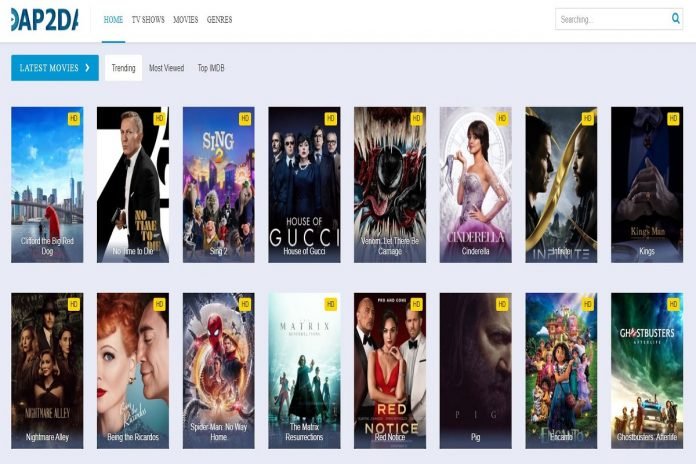There's a disconnect in the nonprofit world. I read countless articles about technology and its powerful applications for the nonprofit sector, but seldom is there coverage of the critical interface between technology and communications strategies. That's a serious gap.
What's happened, in my opinion, is that many of us shy away from technology. By leaving tech decisions to the IT department rather than schooling ourselves on these opportunities, we limit the impact of our communications strategies.
My advice to you is to learn what tech tools can strengthen your nonprofit's communications strategies, and what choices you have. If you have an IT team or consultant, ask them to dig into the details. But get to know the basics yourself. That way you'll make sure you get the right tool, and you'll get the most out of it.
I interviewed nonprofit technology expert and author Michael Stein for his take on tech tips to strengthen your web and email communications impact. Michael, who has worked with Children Now, Groundspring and now as an Internet strategist with the eOrganization.com, had some great ideas:
1. Improve the ways in which you gather personal information and email addresses from stakeholders.
Tip: Don't just ask for email addresses when you ask your audiences to subscribe to your e-news. Gather name, street address, zip code, how they heard about you. Take it one step further to do some quick surveying on issues.

Tip: Think more like a business in terms of figuring out the sources of these leads. You want more of them.
Tip: Ask for an email address when your web users request a PDF download.
Benefit: You'll learn more about how various outreach techniques are working to validate (or not) marketing expenses and impact.
2. Publish plain text as well as HTML format email newsletters.
Insight: Many of your readers are likely to prefer HTML e-newsletters, so publish in both HTML and plain text versions. The format makes it much easier for readers to act. Studies show that HTML format performs much better in terms of click-throughs, forward to friend, etc. (NOTE: Readers, there is conflicting data on this last point.)
Benefit: Better engagement with audiences, by giving them a choice of format and the opportunity to take action with a click.
Caution: Don't forego your text version. Many readers still prefer text.
3. Dive into blog publishing.

Definition: A blog (an abbreviation of weblog) is a website that serves as an online journal, updated very frequently with commentary on one or more topics. Blog authors -- called bloggers --- commonly provide links to related information, with commentary. Because of their low barrier to entry (blogs are easy and cheap to implement), blogs are proliferating in the nonprofit sector.
Insight: The "blogsphere" is becoming huge, with content feeds (RSS readers deliver blog content to interested audiences) growing at a rapid pace. Blogs are a great way to disseminate content in a timely way.

Benefit: Some high-impact ways to put your blog to use for your nonprofit include:
Serializing content, such as daily reports from an oceanographer on an expedition or an advocacy campaign hard at work.
Building community by providing a venue for multiple voices (staff and/or members, experts or others).
Critiquing events or news items in your issue areas, as they occur.
Reinforcing content disseminated via other communications vehicles -- broadcast, print or online.
Providing personal perspectives, which enable your audiences to get to know your nonprofit's staff members. Emphasize the people in your organization to operative info strengthen relationships with your audiences.
4. Explore using application service providers (ASP) to streamline your online operations.
Insight: There are now automated systems, that you don't have to maintain (they live in a server, which you access via the web) for operations from website content management and online donation processing to email messaging and online event registration.
Consider moving these processes online and off your desktop computer.
Benefit: Easier software interfaces. Faster learning curve. Sometimes your software cost will be higher, but your total cost of operation (since you'll save hours in set up and maintenance) will be lower.
Example: Take a look at Citysoft, an ASP targeted to nonprofits, associations, educational institutions and other socially-responsible organizations. Citysoft offers a menu of tech tools from email marketing to web content development software, and donor and event management.
Depending on the modules you select, your organization can send email newsletters to members and constituents and track the results, create online communities for audience use, provide event registration and much more.
Mobility equals success in real estate, and a little extra leg work can pay off big. Put simply, the more homes you show, the more you'll likely sell. This is the most obvious example, but there are thousands of others. No matter what kind of city you're working in, or what kind of properties you sell, it's almost always more lucrative to be in the field. While most Realtors understand this, many have a hard time staying productive on the road, but modern technology can help. Read on for some effective tech-tips for mobility in the home selling business.
Internet and email presence is a big part of a successful modern real estate marketing campaign, and staying live (or at least being able to update content) on the road is important. A cell phone/hand held pc will likely provide the most band for your buck here, enabling you to access the essentials like email, phone, text messaging, and a place to jot down ideas and phone numbers. The best phone/pcs also come with features like GPS navigation and mapping, so you can drive clients around even if you're not familiar with the neighborhood.
Notebook or Tablet PCs offer increased functionality for when you have a little extra time and space outside the car. An illustration on a Tablet screen can help convince a client to list their home at a certain price, or give them a new perspective on the floor plan of a home they're considering. PC users can tap into online mobility by using Internet cards, which provide access to wireless networks from any remote location. If you have cell phone coverage, you'll likely have wireless access with an Internet card, allowing you to work from a car, check email, and send and receive contracts.
A good digital camera and mobile printer will make connectivity on the road a lot more worthwhile, so you can print out forms for clients to sign on the field (often where the deals take place), take pictures of interiors and exteriors for your next digital home presentation.
Moving and talking at the same time is also an important skill for Realtors, and digital recorders can make this a lot easier. With one of these you can record ideas or interviews with developers and clients, to make notes from later. You can also record your observations as you walk around a house, and chat freely with the seller.
Learning how to use your mobile equipment might be the most important part of becoming an effective mobile agent. Remember to take the time to practice with the devices, so you don't lose data you think you've saved. Once you successfully integrate mobile functionality, you'll be supervised by how efficient you can be as a Realtor.